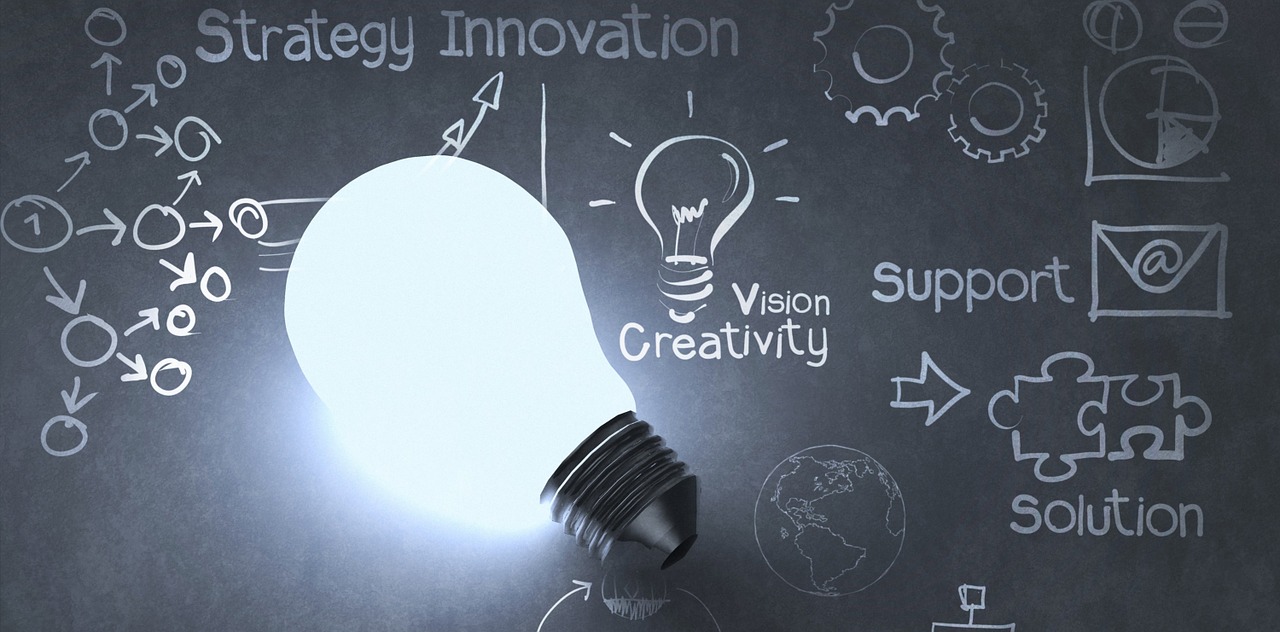Whether you’re a scientist, a tech innovator, or a consumer, today’s emerging technologies are downright exciting. Advances in artificial intelligence (AI), ocean energy, battery technologies, brain-computer interfaces, regenerative medicine, and augmented reality thrill us for good reason. New developments in science and technology (S&T) can drive our economy, transform our society, improve our quality of life, and reshape the ways we live and work.
Nearly every S&T advancement brings both opportunities and challenges to examine — from infrastructure needs and national security concerns, to ethical issues and privacy considerations. Far too often society lacks foresight in its consideration of emerging technologies, and then must react to unintended — but not unforeseeable — consequences. This is where the sword of technological advancement cuts both ways. Even if a development has the potential to redefine entire industries or save countless lives, there are almost always risks and drawbacks to scrutinize. It is much more effective to conduct a thoughtful analysis, anticipate, and plan for potential hazards before we integrate new technologies into our government, businesses, and households.
To that end, at the Government Accountability Office (GAO), our Science, Technology Assessment, and Analytics team (STAA) explored the latest advances in brain-computer interfaces, a technology that allows people to control machines using their thoughts. These capabilities have vast potential, including helping people paralyzed by physical injuries, strokes, or neurological disorders to regain control of limbs, allowing soldiers to control drones on a battlefield, deepening our understanding of the brain, and more. But this technology also faces serious questions, including technical and user complications, as well as concerns about the ethics and fairness of certain human enhancements, and the vulnerability of devices to cyberattacks. In the excitement surrounding the development of potentially transformational technologies, the need for robust evaluation and careful decision-making can’t be lost.
We also recently assessed the development of decarbonization technologies, a number of growing capabilities to capture, use, and store carbon dioxide (CO2) either directly from a release point, such as a power plant exhaust stack, or from the atmosphere. These technologies can potentially help address climate change and even use captured carbon to produce useful products like concrete. Despite this exciting potential, the development and use of this technology raises concerns about high costs, the need to build additional infrastructure, and uncertain community support. To help address these challenges we developed policy options for Congress and others to consider, including enhanced funding for relevant research, the adoption of new standards, guidelines, and incentives, and support for proactive community engagement.
Elected officials and other leaders are frequently called upon to make consequential decisions on S&T issues, but these leaders are rarely S&T experts themselves. Given the speed at which the S&T landscape shifts and innovates, today’s leaders need support to inform their decision-making. Unfortunately, there is no quick substitute for the years of focus and dedication it requires to develop expertise in any particular field, and in highly technical S&T fields leaders often don’t have time to develop a sufficient body of knowledge. Informed decision-making, then, requires an effort that utilizes the knowledge, experience, and skillsets of a multitalented team.
STAA is a prime example of this teamwork in action. Our nearly 150 scientists, technologists, and analysts are experts in everything from neuroscience and microbiology to quantum mechanics and nuclear physics. We apply this expertise to examine some of society’s most complex S&T challenges in support of the U.S. Congress.
Members of Congress are bombarded with information of wide-ranging quality and reliability. What differentiates GAO is our non-partisanship and commitment to unbiased, balanced findings — and potential solutions. Scientific and technological advances will continue to rapidly transform our society, our nation, and our world. Ensuring that this double-edged sword cuts toward equitable growth, improved safety and security, and increased prosperity — and cuts away from causing our nation harm — requires informed decision-making. Our goal is to apply the expertise at our disposal to thoroughly understand how new technologies will impact our everyday lives.
Dr. Karen L. Howard is GAO’s Acting Chief Scientist and a Director in GAO’s Science, Technology Assessment, and Analytics (STAA) team. She oversees a team of scientists and engineers who analyze science and technology issues.
Karen joined GAO in September 2007 as a member of the Health Care team, where she led reviews on federal drug pricing and FDA’s approval processes. In 2014, she transferred to what was then the Center for Science, Technology, and Engineering, and was promoted to Assistant Director in 2016. In 2019, Karen helped develop the new STAA team. She has received the Arthur S. Flemming Award, GAO’s Meritorious Service Award, and the Distinguished Service Award. Prior to joining GAO, she taught high school chemistry and biology for 12 years.
Karen earned a doctorate in environmental chemistry from the State University of New York. Karen earned master’s degrees in analytical chemistry and education from Youngstown State University and Duquesne University, respectively. Karen earned bachelor’s degrees in biology and secondary education from Penn State University.
Karen works in GAO’s Huntsville, Alabama Field Office.





Leave a Reply
You must be logged in to post a comment.